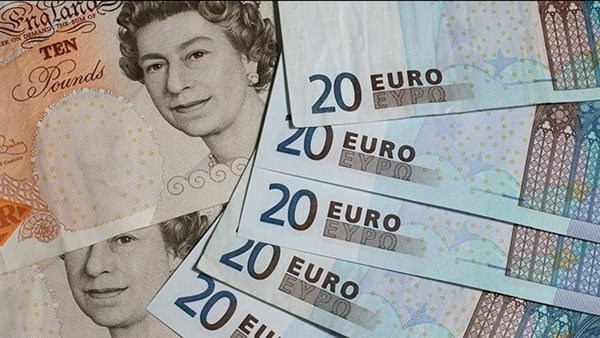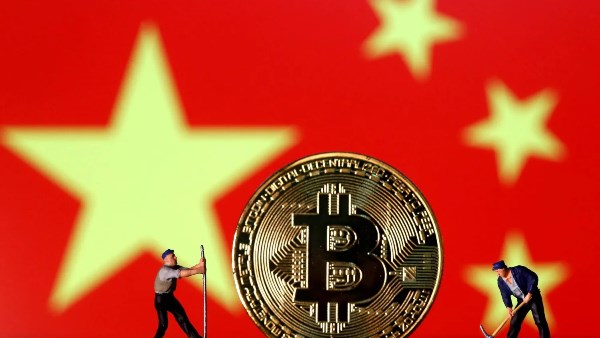
The Swiss currency has appreciated 10% against the U.S. dollar
Investor appetite for the safe haven Swiss franc is causing problems for its central bank

U.S. President Donald Trump’s trade policies have rocked global equities in recent weeks, driving investors to seek out pockets of safety in financial markets.
One of the beneficiaries of the market volatility has been the Swiss franc, widely seen as a safe haven asset in times of macroeconomic or geopolitical uncertainty. The Swiss currency has appreciated 10% against the U.S. dollar since the beginning of the year – but inside Switzerland’s borders, rising demand for the franc is stirring up challenges for policymakers.
The Swiss franc was last seen trading 0.2% higher against the greenback, with $1 buying around 0.82 Swiss francs. Switzerland’s currency, which was trading flat earlier on Wednesday, rallied after ADP data showed hiring slowed to a two-year low in America’s private sector last month.
A strong franc puts deflationary pressure on Switzerland. As the currency appreciates, imports – which play a significant role in the country’s economy – become cheaper.
For some countries, this effect might be a welcome reprieve from sticky inflation. But while many developed markets, such as the U.S. and the U.K., are still working to bring inflation down to their 2% targets, Switzerland is facing the opposite problem: prices are falling too much.
Swiss inflation turned negative in May, with the country’s Consumer Price Index falling by 0.1% year-on-year. The price of imported goods contracted significantly, falling by 2.4% on an annual basis after staying flat in the previous month.
Charlotte de Montpellier, senior France and Switzerland economist at ING, noted the role the currency rally was playing in the country’s inflation picture.
“The latest decline is largely driven by external factors,” she said in a note on Tuesday. “A strong Swiss franc has significantly reduced the cost of imported goods ... Given that imports make up 23% of the CPI basket, this has a notable impact on overall inflation in Switzerland.”
The May data marked Switzerland’s first return to deflation since the Covid-19 pandemic. It could push the Swiss National Bank toward utilizing two key policies previously implemented to address what De Montpellier labeled a “persistent headache” for the central bank.
Negative interest rates
The SNB ended a seven-year stretch of negative interest rates in 2022 — an unpopular policy with savers and lenders, as they eliminate returns on savings deposits and squeeze banks’ margins and profitability.
At its most recent meeting in March, the central bank cut its key rate by 25 basis points to 0.25%.
In the wake of this week’s inflation data, the SNB is expected to “seek to combat the appreciation of the Swiss franc with the weapons at its disposal,” De Montpellier said.
ING expects the SNB to cut its key interest rate by 25 basis points at its next meeting later this month — and De Montpellier argued that further cuts will likely follow.
“Based on current data, a return to negative interest rates before year-end appears increasingly probable,” she said. “Our base case includes a second 25bp cut in September, bringing the policy rate to -0.25%. While the SNB would prefer to avoid deeper cuts, a 50bp reduction in June cannot be ruled out.”





-1120252475029447.jpg)
-920252122624392.jpg)
















